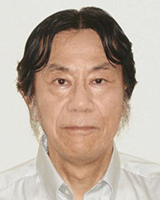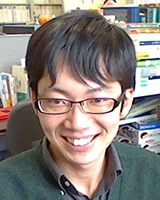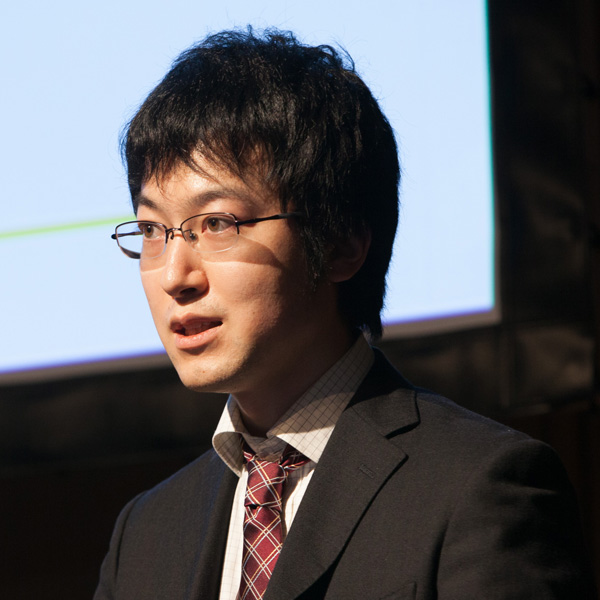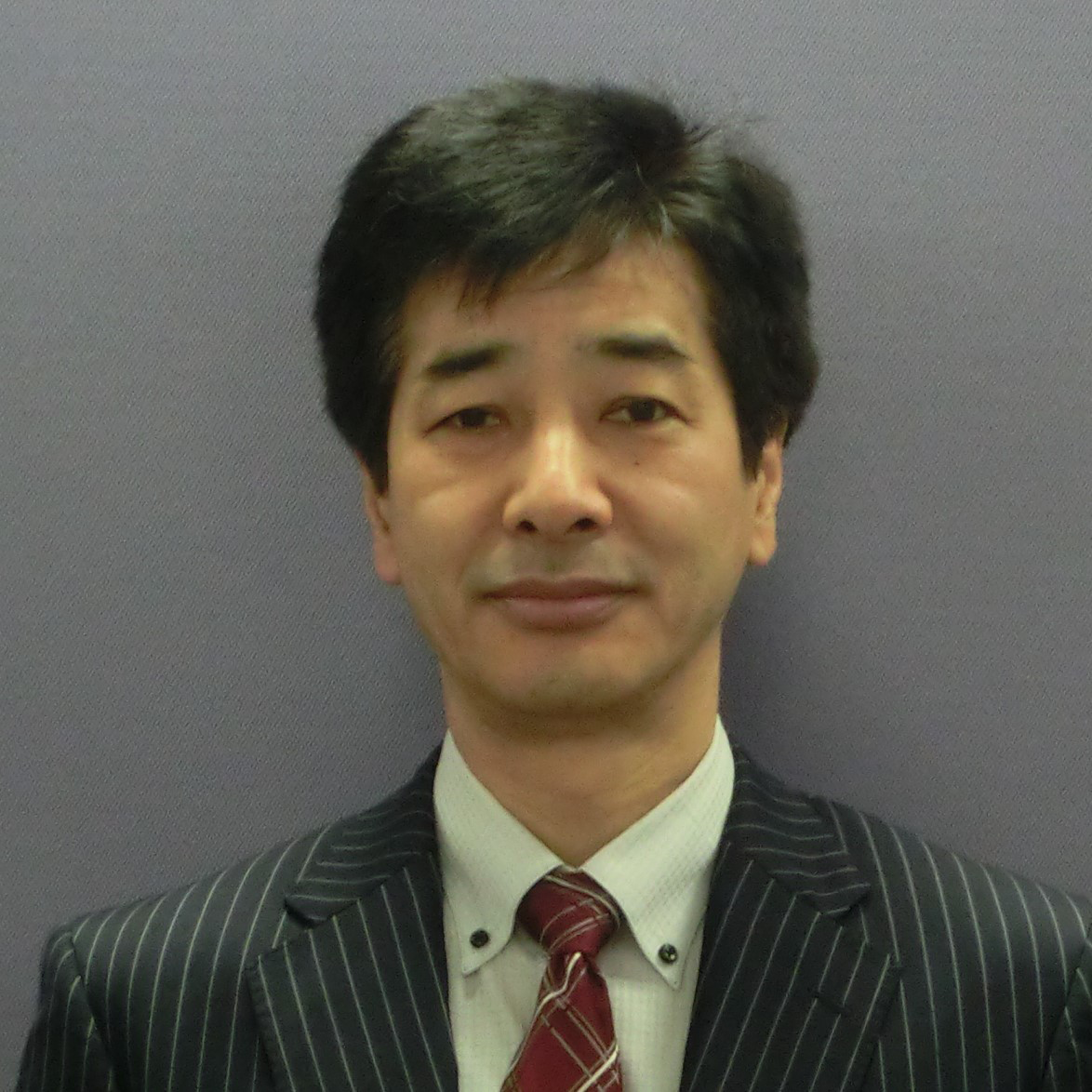Tutorials
Unveil the principle behind a solution through technical writing
Tuesday, October 9, 13:00 – 14:00, Room H2
This talk presents a way to identify the principle behind a solution. Through a process of clarifying the problem-solution relationship in technical writing, a better logic for the paper is built. A solid logic directly benefits the author(s) by making reviewers understand the point of the paper easily, leading to a higher acceptance rate. It is emphasized that the earlier mentioned clarification process to establish a solid logic often unveils a more general principle behind a solution, which may open a door to another research. Some examples to convince the audience support the value of technical writing.
Dr. Akihiko K. Sugiyama

IEEE Signal Processing Society
Distinguished Lecturer (2017-2018)
IEEE Consumer Electronics Society
Data Science Research Labs., NEC, Japan
The Process for IEEE Fellow Grade Elevation
Thursday, October 9, 15:30 – 16:30, Room H2
The grade of IEEE Fellow is a distinction reserved for IEEE members who achieved extraordinary accomplishments. One tenth of one percent of the IEEE voting membership are elevated to IEEE Fellow. The IEEE MGA oversees the Fellow nomination; however, the Societies/Councils have the responsibility for evaluating and submitting to the IEEE Fellow Committee. This presentation is intended to demystify the process for completion and submission of a Fellow Nomination for evaluation and elevation to the grade of IEEE Fellow. It should be noted that many apply, but only a select few are considered fitting of this prestigious grade. This is the process for those IEEE members whose accomplishments are extraordinary and desire to pursue the grade of IEEE Fellow.
Mr. Stephen Dukes
IEEE Fellow, Vice President of Conferences
IEEE Consumer Electronics Society

Better Technical English Writing
Wednesday, October 10, 11:30 – 12:30, Room H3
We discuss how Japanese students and researchers can improve their technical English writing skill. First, we focus on the correct usage of definite and indefinite articles (a/an, the), which most Japanese people find difficult. Using many examples, we illustrate the underlying meanings and logics of English articles. We then show how we can effectively use infinitives, using many illustrative examples. It is expected that through this tutorial students and researchers can acquire better understanding of the English language and thereby effectively communicate in English both orally and in writing.
Dr. Kenichi Kanatani

Okayama University, Japan
Academic Presentation Skills
Friday, October 12, 10:00 – 11:00, Room S1
This tutorial offers an overview of essential skills for academic presentations with a number of illustrative examples. We will discuss three main topics: (1) determining message, storyline and structure, (2) tips to prepare simpler and clearer slides, and (3) a mind-set and training for a confident speech. Many presentations can be improved dramatically with only a few points in above topics. The tutorial is mainly designed for undergraduate and graduate students in master course, however, many of the contents will also be useful for experienced researchers and business persons.
Dr. Kei Gomi

National Institute for Environmental Studies, Japan
IoT Workshop: Part I: µT-Kernel 2.0: the IEEE standard for small-scale embedded systems in the age of IoT
Wednesday, October 10, 17:30 – 18:00, Room S1
µT-Kernel 2.0, the real-time operating system for small-scale embedded systems has been adopted as the IEEE standard 2050. It is considered a remarkable event not only for IEEE but also for TRON project, which has continued to pursue the ideal computer system called HFDS (highly functionally distributed system), which is now called the IoT (Internet of Things). This talk will summarize µT-Kernel 2.0, the standard real-time operating system for the age of IoT, and how they can contribute to it. In addition, this talk will introduce IoT-Aggregator, the fundamental component that unites µT-Kernel 2.0 and other embedded devices to create an open IoT environment.
Dr. Takeshi Yashiro

INIAD, Toyo University
Takeshi Yashiro is an associate professor at INIAD (Information Networking for Innovation and Design), Toyo University. He has been an IEEE member since 2008, and is an IEEE-SA member since 2017. He was a member of IEEE-SA WG 2050 that produced IEEE 2050-2018 standard representing Yokosuka Telecom Research Park, Inc.
IoT Workshop: Part II: The development environment of µT-Kernel 2.0 for IoT and embedded systems
Wednesday, October 10, 18:00 – 18:30, Room S1
Readiness of the development environment is important to shorten software and system development. In the age of IoT, readiness become more important to start development of PoC (Proof of Concept) system to execute feasibility study of the system, solution at the early stage of development projects. µT-Kernel 2.0 has a long history as part of TRON project. That allow us to have ready to use hardware and software environment for several companies' MCU (Micro Controller Unit) product families now. Some of the development boards has common interface specification that makes interoperability test much easier. Altogether, IEEE 2050-2018 standard will be an ideal choice for IoT projects.
Mr. Atsushi Hasegawa

Renesas Electronics Corporation
Mr. Atsushi Hasegawa is working in Renesas Electronics Corporation as a Senior Principle Specialist and the IEEE-SA Corporate Member Representative of Renesas. He has been an IEEE Computer Society member since 1992 and now an IEEE member. He was a member of IEEE-SA WG 2050 that produced IEEE 2050-2018 standard.